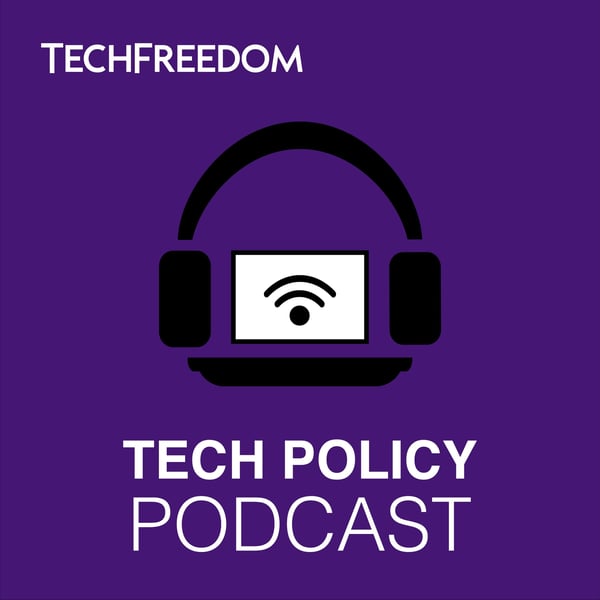#174: Vaping and the FDA
Tech Policy Podcast
TechFreedom
4.8 • 45 Ratings
🗓️ 12 May 2017
⏱️ 34 minutes
🧾️ Download transcript
Summary
Transcript
Click on a timestamp to play from that location
| 0:00.0 | Welcome to the Tech Policy Podcast. I'm Evan Schwarger. On today's show, how does the FDA regulate |
| 0:10.5 | e-cigarettes and how does that impact the businesses who have to navigate this web of complex |
| 0:15.6 | regulations we talked about on the show before? So a brief history in 2009, Congress passed the Tobacco Control Act, |
| 0:22.2 | and that gave the FDA authority to regulate tobacco products. And at the time, e-cigarettes were not |
| 0:27.7 | part of that. But in 2014, the FDA signaled that it was going to begin the process of developing |
| 0:33.2 | rules for e-cigarettes. And in 2016, they dropped the hammer and basically said that, yes, |
| 0:38.7 | e-cigarettes are tobacco products and we will be regulating them as such, even though e-cigarettes |
| 0:43.9 | do not actually contain tobacco. They contain nicotine derived from tobacco. That's an important |
| 0:48.3 | distinction. But the regulations set off essentially a two-year shot clock for manufacturers of e-liquid or other |
| 0:56.2 | vapor products to get approval from the FDA. And while during that two-year period, they can |
| 1:01.5 | operate business as usual for the most part, at a certain point, you have to undergo the |
| 1:06.4 | onerous research and compliance efforts to get past these hurdles. Now, very few companies, |
| 1:12.9 | as we talked about on the show, have the resources to actually do this. But my guests today |
| 1:18.1 | are from one of the few companies that is going to try to get approval from the FDA. The FDA admitted |
| 1:24.1 | itself that only about 1% of companies would even do this. |
| 1:27.9 | So 99% if nothing else changes will be forced off the market. |
| 1:33.0 | Now, Congress has taken a look at providing regulatory relief to some of these companies. |
| 1:37.3 | Those efforts have thus far failed. |
| 1:39.8 | So so far the FDA has given a three-month extension on that two-year deadline. |
| 1:44.8 | So we're looking at November 2018 for people to file. |
| 1:48.8 | And I'm going to interview two people who are doing this and get a real world sense of how |
| 1:53.1 | regulations that get passed impact people at a very granular level. |
... |
Please login to see the full transcript.
Disclaimer: The podcast and artwork embedded on this page are from TechFreedom, and are the property of its owner and not affiliated with or endorsed by Tapesearch.
Generated transcripts are the property of TechFreedom and are distributed freely under the Fair Use doctrine. Transcripts generated by Tapesearch are not guaranteed to be accurate.
Copyright © Tapesearch 2025.

